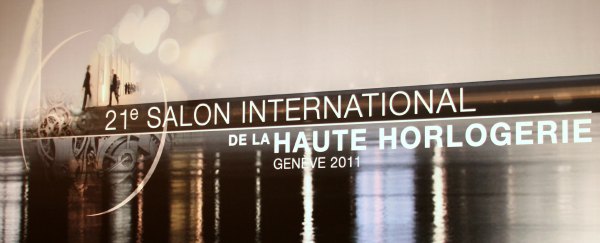
SIHH 2011 is an event I almost did not attend — but I am glad that I did. The story of my journey to this year’s invite-only International Salon of Haute Horology is however, another story. The expansive halls of world’s ‘other’ most important watch show are a temple of luxury and industry chimes — you learn a lot by being there and listening, as well as seeing. Together, almost 20 brands that represent all of the Richemont and a few other accompanying high-end watch makers get together to show off their new products for 2011. For those attending, it is an annual pilgrimage, and for those who cannot enter, it is an enviable place to be invited.
I’d like to first make a personal statement about being at the event — I love it. While at home in California I write about watches from the seclusion of my home. I don’t have an industry to surround myself with like those who live in Europe. Being at SIHH allows me to “live my work.” In addition to being in the element that I write about and seeing watches, I get to be with my friends and close watch industry colleagues. That part in itself is the best for me. I want say right here that it was a pleasure to see everyone I did at the show. Though it does assist my work to be away from the industry for much of the year as I don’t start to get any semblance of ivory tower syndrome.
No one who attends the show will deny that SIHH is a world within a world, and what you see there is enlightening. On a base level you have many sights to satisfy the giddy watch lover. There, you’ll find many of the world’s best watch brands who show off their newest creations. The environment is meant to be a luxurious and comfortable venue, as the reason for the show is to get the world’s best watch retailers to invest in those watches they feel will sell in their shops over the next year. Second to brands selling their goods to retailers and distributors, SIHH is the place for the writers and journalists from all over the world to come and meet with brands to learn about their new products and brand directions for the year.
SIHH 2011 is now over, and I can reflect on what I have seen — not only from a brand to brand perspective, but what the core message of the whole show was. In short, this year’s high-end watches will (for the most part), be nothing too special, but certainly items that will sell. As I said a few times with conviction, “watches for 2011 won’t really excite anyone’s senses… but they will sell.” Take from that what you will. This is little surprise to me, as brands are reacting to the market climate — a climate that is uncertain and worrisome (despite large end of 2010 sales growth) to say the least.
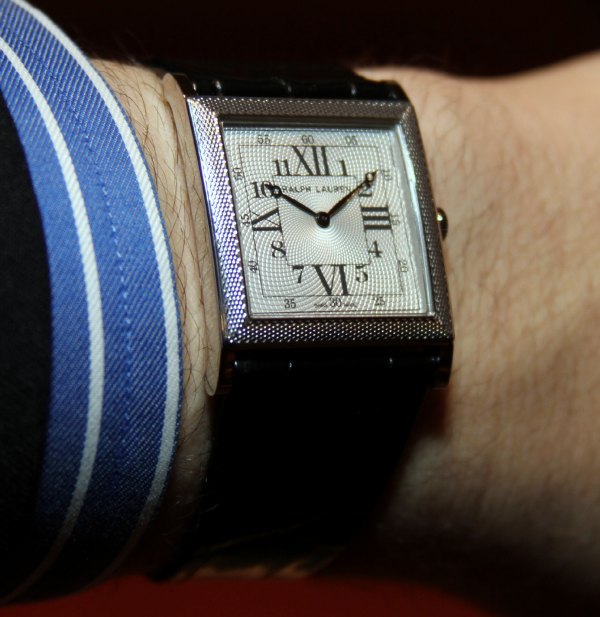
The last few years saw terrible declines in spending and luxury consumption. As the economic crisis brought much of the high-end watch industry to its knees, a glimmer of hope was found in China. That oriental light blossomed into a major ray of hope that now has the bulk of the watch world’s attention.
Asia — mainly China — is experiencing not only a boom of wealth, but a great hunger for timepieces and other luxury goods. The reasons for that are plentiful, and it is expected to last. At least for a while. China’s growth and demand for luxury goods, especially watches, will simply not last that long, and during its lifespan, their tastes will change. China is interesting in the fact that it moves very quickly. What takes Europe 20 years takes China only a few years. Like a bright candle, China will glow richly, and in different colors, but burn out with little notice. However, expectations see China’s demand for high-end watches not failing within the next few years — and brands are taking the fullest advantage of the Asian market while this growth period lasts. I certainly don’t blame them.
Chinese tastes are more classic and simple than those of the more sophisticated Europe, or functionally minded US. Therefore, the world’s best brands are issuing smaller, elegant, and more simple models in 2010 and 2011 than seen in the last 5 or so years. This means we are seeing very few experiments in design, and watches that are smaller. We are also seeing very few (if any) new complications.
There is a new “statement” that you hear over and over again at SIHH — something that if you didn’t understand the state of the industry might be strange or amusing. Brands are offering Asian only collection, and marketing some watches for women in the rest of the world, but as men’s pieces in Asia. When showing new pieces which are under 40mm in size, brands frequently describe them as being for “women or Asian men.” Not all Asian men prefer smaller watches, but apparently enough do. I predict that when they get their fill of little watches, their tastes will match those of Europe and the US within a few years.
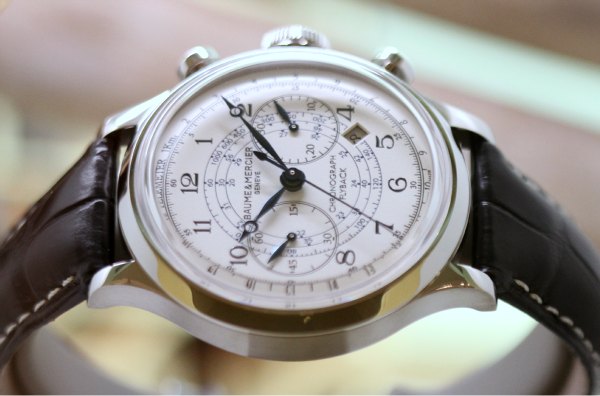
For me, I feel a bit lacking in the “newness” department. The best watches I have seen are polished, refined, and beautiful. Though few feel “new.” 2011 is about simplicity and an emphasis on what brands feel will sell. There is little in the sense of risk or innovation. Would this watch writer like to see more experimentation and new designs? Absolutely — but in 2011, that just isn’t good for business.
Brand’s get a double treat based on the tastes of China. Watches that are smaller or do not require significant new R&D dollars are less expensive to design and manufacture. In a sense, it has all been done before. Placing a watch with a more or less existing design in a smaller case with a simple thin movement isn’t exactly the type of project that costs millions to produce. The days of the next crazy tourbillion coming out of each SIHH brand are over — or at least on pause for now. For innovation and wild risk taking — you have only to look at the smaller independent brands.
Fans of more classic, simple watches can rejoice. Options for elegant watches are more plentiful now, and in higher quality, than ever before. Even brands like A. Lange & Sohne are joining the “thin watch” crowd. Staples of Chinese love such as Vacheron Constantin offer tastefully conservative pieces that should deliver in the sales department.
New introductions are also modest in 2011. With the exception of a few brands such as Jaeger-LeCoultre and Audemars Piguet, each brand is seemingly offering less new pieces in 2011 than in previous years. When asked about this, brands respond with the fact that markets often get confused when too many new models are presented. With fewer new watches, they can focus on promoting and discussing the ones they have more. It is true that with all the high-end brands out there, watch consumers really aren’t at a lack for options. At the same time, I do like seeing brands flex their creative muscles and strive to impress the world with how many new and interesting things they are able to come up with each year. In 2012 I do hope to see more new things.
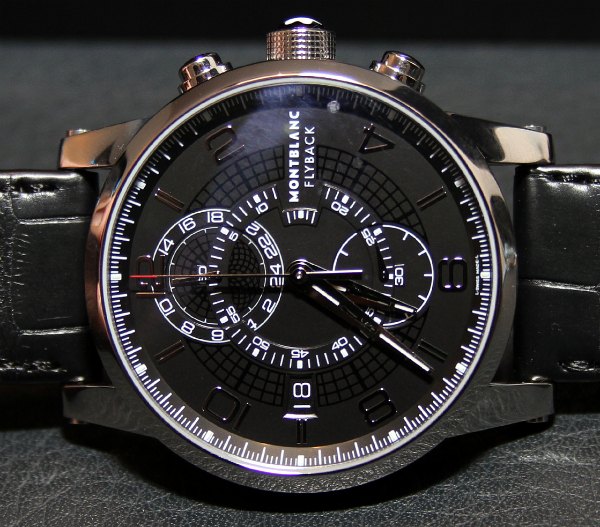
Starting one or two years ago we saw a venerable ‘epidemic’ of “nostalgitis.” Brands seemed to be flipping through the pages of their history books looking for models they could remake to satisfy today’s market. On the one hand this is a great opportunity for collectors to not only obtain watches styles that are highly sought after, but also to have them made with today’s high quality materials, sizes, and construction standards. On the other hand, I feel as though this practice is going a bit too far. Brands are finding obscure models to resurrect, hoping that the demand for ‘the old’ will stay new. I fear that a few brands may be ruining a good thing by bringing back to many old watches to life. A few things are simply best left to our collective memories.
Some of the best new watches for 2011 were sport watches. Durable and sporty looking timepieces are still the mainstay of timepiece sales in Europe and the US. However, this is not the case in China. You can easily tell which brands are still interested in maintaining strong market places in the US and European market by how many new or newly refined sport watches they will release this year. Two that comes to mind are Audemars Piguet and Jaeger-LeCoultre. While neither has introduced anything entirely new, very impressive variations or refinements to current collections will garner strong interest from dedicated watch lovers in the US and Europe.
While there is often a tendency to push upmarket more and more, SIHH saw a few brands offer very appealing watches at (relatively speaking) affordable prices. While I am not always a big fan of their current offerings, Baume & Mercier’s new Capeland watches are quite well done coming in under $5,000. Montblanc, while offering a broadly priced range of watches, really impressed me with their new Timewalker TwinFly watch with an in-house movement and a price of about $6,000 — being placed just under their Nicolas Rieussec collection (which also has Le Locle manufacture made Swiss movements).
Cartier’s great looking Calibre model for men benefits from getting a bracelet. Cartier makes special bracelets for each watch collection they offer that comes with a bracelet, and the Calibre (also with an in-house movement) gets a beautiful looking and feeling bracelet to match its good looks. Speaking of bracelets, there don’t seem to be many new ones this year (or last) at all. I personally am a big fan of metal bracelets and would have loved to see more of them. One reason for the rarity in seeing new bracelets is their high costs to develop. A good bracelet can cost as much or more to develop as a new case — and most always requires more parts. Unless there is a strong market demand for watches with bracelets, I am afraid we won’t see too many new ones for the next few years. Brands like Montblanc (that refined their Timewalker bracelet), and Cartier can offer bracelets due to their higher levels of production and development budgets.
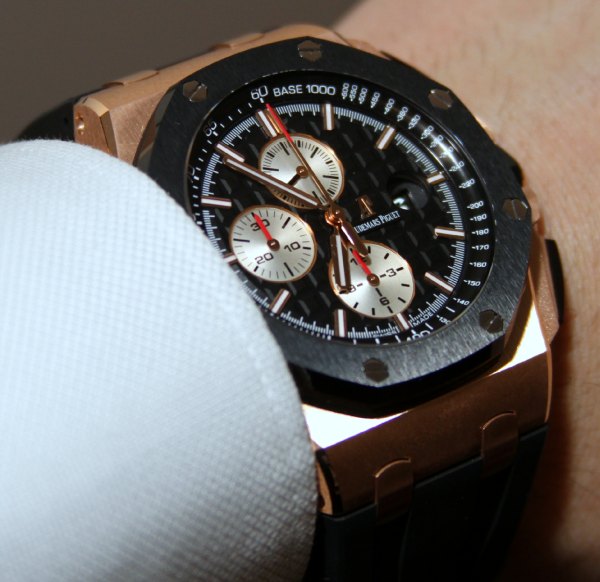
You always see a bit of bling, even when brands are shy about the economy. Asian consumers apparently love to show off, and are included in those markets where men enjoy diamonds on their watches. While men’s jewelry watches where nothing in comparison to those offered for women (for the best see Piaget and Cartier), they did make up some of the new pieces and were valuable additions to a few important collections.
Overall SIHH 2011 was for growth and profit versus innovation and design excellence. This is a basic fact of life for an industry shaken by the fragility of the market, and a hesitant approach to China — a market distant from the Swiss in culture and understanding. I don’t really suggest any of this as positive or negative, but it feels sobering. Sometimes I wonder who buys a lot of what brand make, and this year I saw buyers for just about everything. If the SIHH brands are successful in their safe best, then there will be more money in the years to come for a return to risk taking and true novelty.
I’d like to end by listing my favorite new timepieces from each of the attending brands:
- A. Lange & Sohne: Richard Lange Tourbillon “Pour le Merite”
- Audemars Piguet: Updated Royal Oak Offshore Chronograph watches
- Baume & Mercier: Capeland Chronograph
- Cartier: Calibre de Cartier in steel with metal bracelet
- Dunhill: Classic Black Diamond Classic Automatic
- Girard-Perregaux: World time with enamel globe dial and three bridges with tourbillon
- Greubel Forsey: Invention Piece 2 Quadruple Tourbillon
- IWC: Portofino Dual time
- Jaeger-LeCoultre: Master Compressor Chronograph in black ceramic case
- JeanRichard: Aquascope with power reserve indicator
- Montblanc: Nicolas Rieussec Chronograph Anniversary Edition
- Panerai: Bronze models
- Parmigiani: Tonda 1950 Ultra Slim
- Piaget: Emperador Coussin Tourbillon Automatic Ultra-Thin in white gold
- Ralph Lauren: Sporting Chronograph in matte black ceramic
- Richard Mille: RM029 Automatic with Big Date
- Roger Dubuis: Chronograph La Monegasque Limited Edition
- Vacheron Constantin: Patrimony Contemporaine Perpetual Calendar Ultra-Thin
- Van Cleef & Arpels: Five Weeks in Balloon watch.
